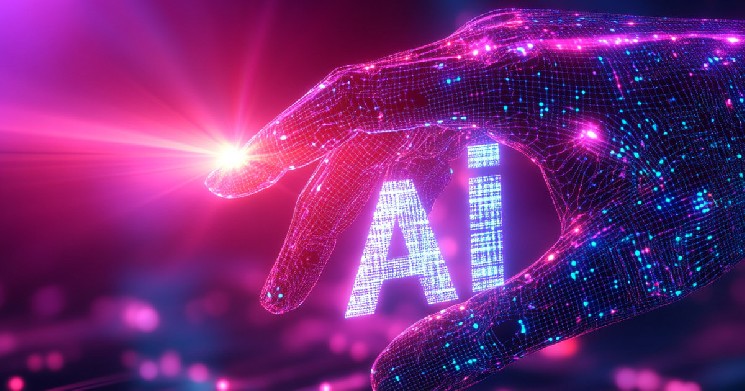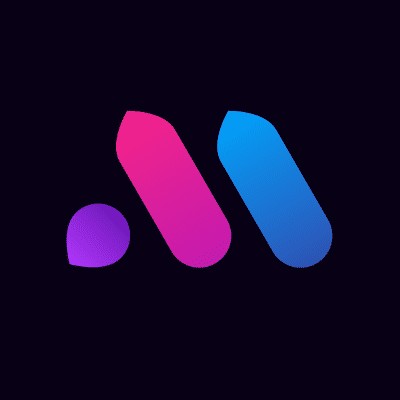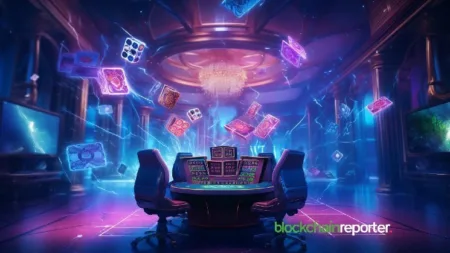Andreessen Horowitz’s crypto arm a16z said blockchains could steer artificial intelligence toward user ownership and open standards, according to a June 11 report.
The paper argued that core context and “agent passports” should reside in self-custodial wallets, providing any large-language-model interface with instant access to preferences without requiring repeated training.
A chain-based identity layer would allow agents to carry verifiable records of owners, capabilities, and payment details across email, Slack, and other platforms. Meanwhile, proof-of-personhood systems such as World Chain’s World ID could help screen bots as generative models proliferated.
Computation and payment rails
For computing, the report promoted decentralized physical infrastructure (DePIN) networks that pooled idle GPUs and energy, turning gaming PCs and spare data center capacity into permissionless marketplaces and reducing reliance on a handful of cloud providers.
On-chain “synchrony layers” would have kept AI-generated code bases aligned. Developers would have wrapped shared standards in tokenized protocols, earning automatic rewards for patching vulnerabilities, and every connected application would have inherited fixes without requiring manual updates.
The document also emphasized the importance of micropayments, envisioning nano-transactions on low-fee chains that split every purchase among the data sources and AI, which are queried before recommending a product.
The same rails could negotiate access for web crawlers. Bots would post token deposits and pay metered fees to website “bouncer” contracts, while verified humans browsed for free.
Immutable ledgers could track which passages trained which models and route compensation back to publishers.
Intellectual property and companionship
To manage intellectual property, the report called for public on-chain registries that embedded ownership metadata directly in creative assets.
Smart contract licensing could allow brands to charge or permit derivatives programmatically, turning potential infringement into traceable royalty flows.
At the same time, advertising could rely on wallet-based zero-knowledge proofs. Users would be required to reveal minimal demographic facts and would receive small payments for attention while continuing to see relevant promotions.
Looking ahead, the paper argued that AI tutors, health aides, and companionship bots should run under user keys rather than corporate dashboards.
Censorship-resistant blockchains and account-abstraction wallets already mask the complexity of seed phrases, while optimistic or zero-knowledge coprocessors could provide the throughput needed for long-term relationships that store memories on-chain.
The report concluded that intertwining blockchains and machine learning could preserve an open internet by embedding incentives, provenance, and governance directly at the protocol layer.
Read the full article here









